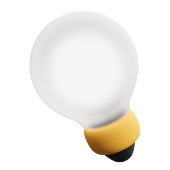Home affordability has been a major concern for Canadians since the Bank of Canada embarked on a series of rate hikes beginning in 2022. This year, the federal government is set to launch the FHSA, which is supposed to help people save toward a down payment for their first home.
What does FHSA stand for? The Tax-Free First Home Savings Account (FHSA), which was announced in the 2022 federal budget and will be available in 2023 from financial institutions like banks, credit unions, life insurance, and trust companies — though it’s unclear when, exactly. Banks have recently said they’re not prepared for an April 1 launch.
In Canada, the FHSA lets first-time homebuyers save up to $40,000 tax-free and also provides a tax deduction.
